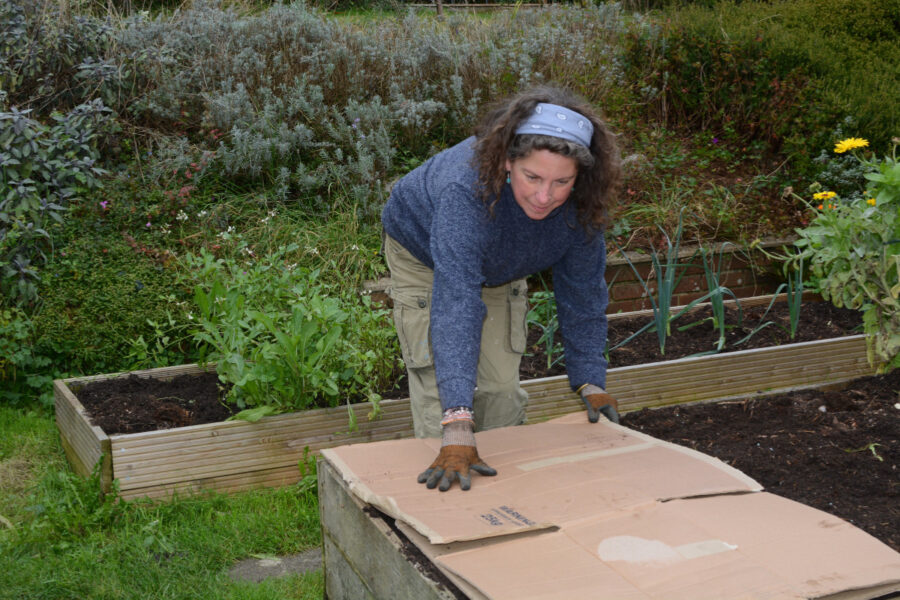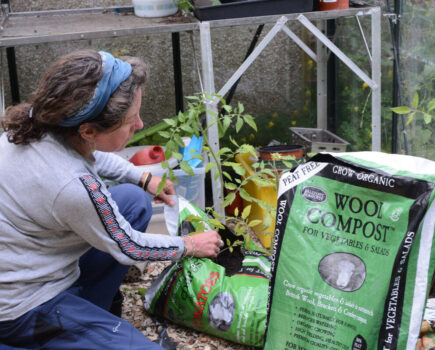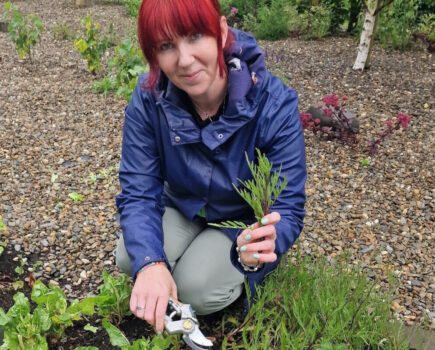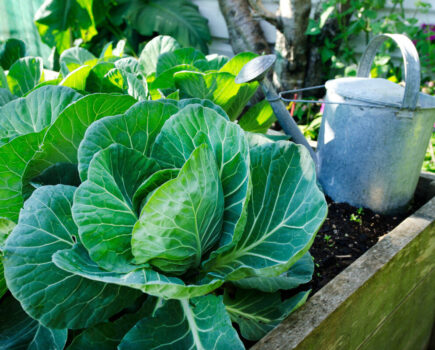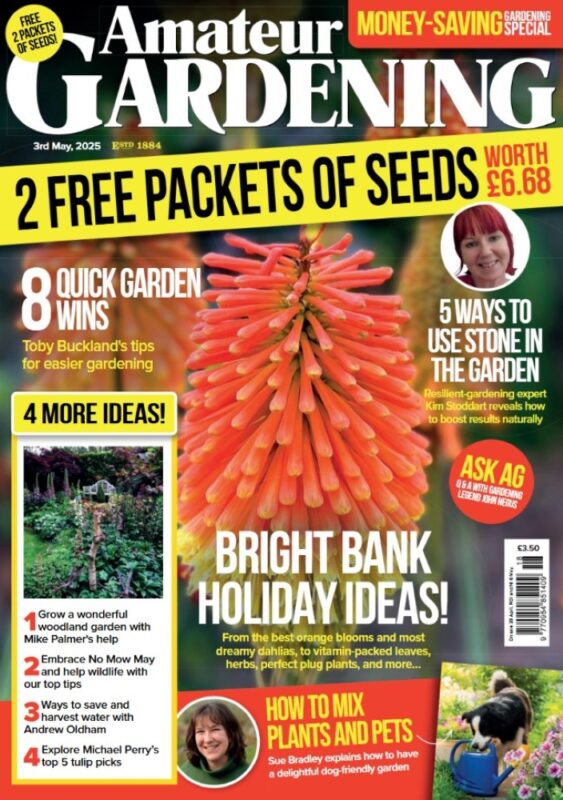We can find a second use for almost everything
No matter how hard we try to be paperless, packaging-free and live a life without excessive amounts of plastic, it all seems to come undone at Christmas when the piles of cardboard packaging and protective wrappings start to build up.
Luckily, a lot of Christmas packaging and paraphernalia can be used around the home and garden to save it from the recycling centre or landfill.
Along one wall of our garage (which is so full of ‘stuff’ we can’t actually fit a car inside it) stand five Christmas tree trunks, seasoning nicely and ready to be chopped up for firewood and kindling.
Their needs are long gone, used as mulch for potted ericaceous plants.
In a few weeks’ time I’ll smear the mistletoe berries on one of our apple trees, as I do each year, in the hope of some of them taking and slowly growing.
The substance we have most of, of course, is cardboard and this can be recycled as an essential garden tool.
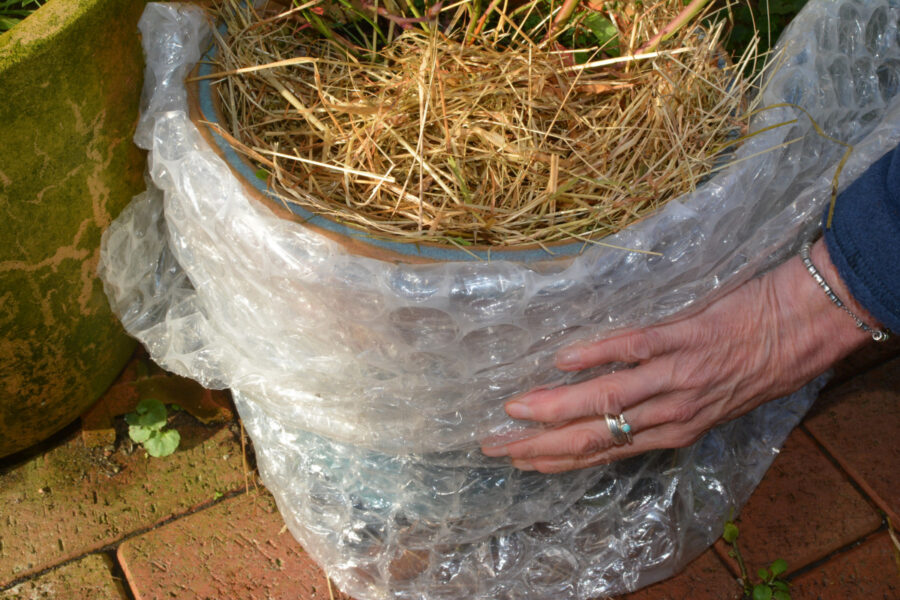
I use it as an early soil warmer and weed blocker on our raised beds, and have also buried it under a dense layer of compost when creating a no-dig border.
Don’t forget it can also be cut up and used as one of the important brown elements in your compost bin, creating a perfect balance with green clippings and kitchen waste, or laid on top to keep in the warmth.
Polystyrene chunks can be broken up and used as lightweight crocks at the bottom of containers, while large polystyrene boxes can double as seed-sowing trays.
It can even be crumbled up and used as an alternative to perlite, though make sure you sieve it out of the compost and dispose of it responsibly afterwards.
And those ancient Christmas CDs that were ‘accidentally’ scratched? Hang them up as bird scarers when you get sowing and planting this spring.
Chitting potatoes
Start planning your early tubers
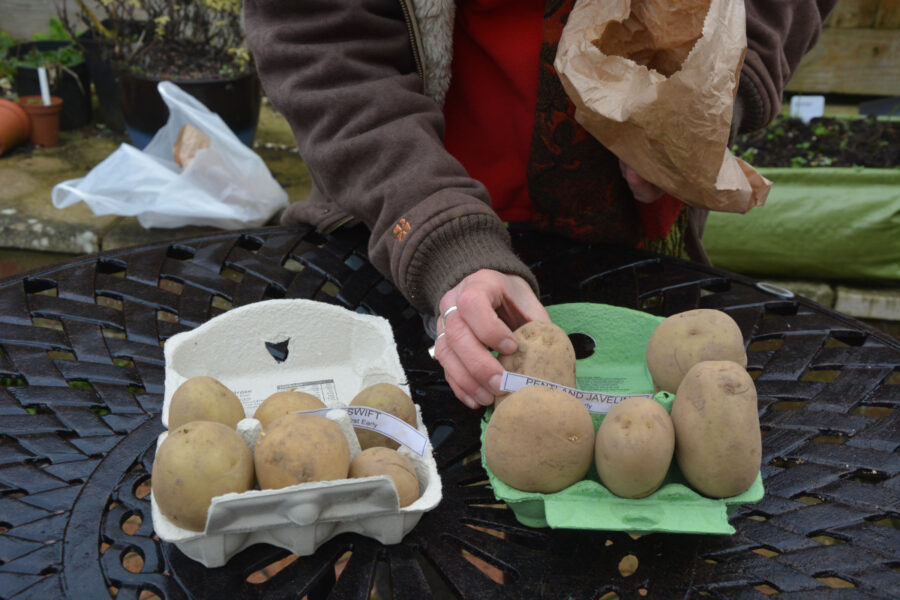
1. It will soon be time to buy ‘first early’ seed potatoes for this year’s crop, so keep a stack of egg boxes or small modules handy for when you come to chit them on a cool light windowsill with their new shoots pointing upwards.
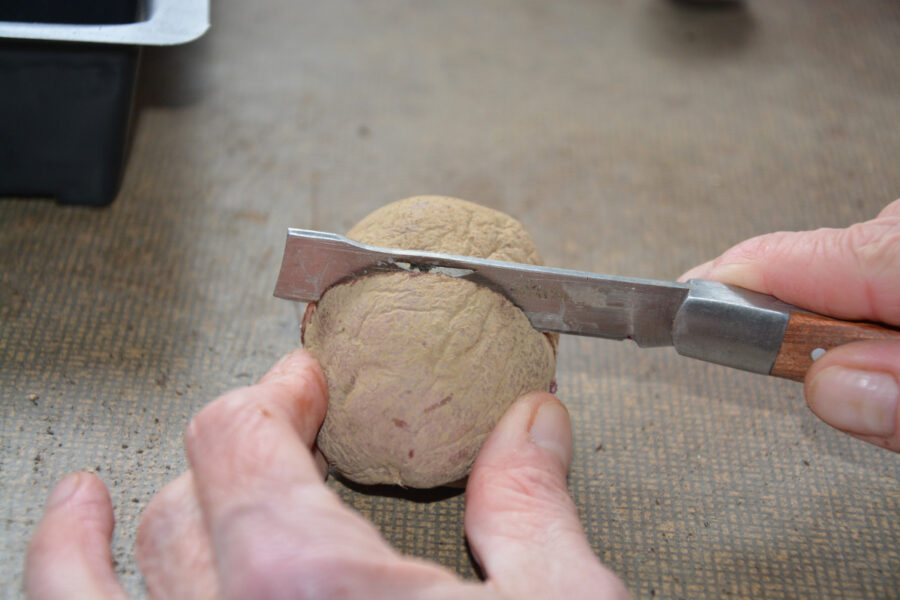
2. Always use seed potatoes because they will be free from potential diseases and other problems. If your potatoes have more than one sprouting ‘eye’, you can cut them into pieces, each with an eye, to make more potatoes for free!
Using leftovers to give birds a treat
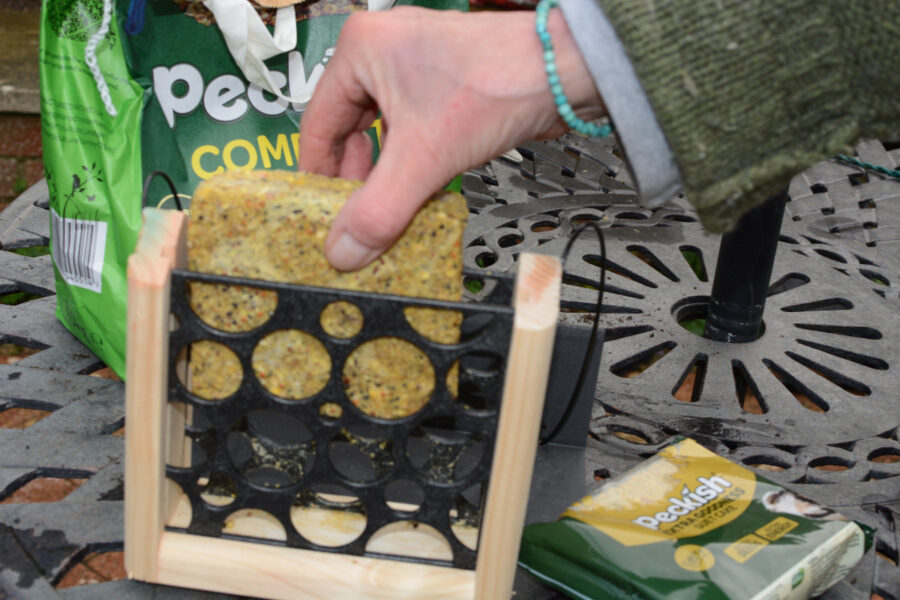
Talking of Christmas leftovers, or ‘cold remains’ to give them their rather macabre name in our household, instead of chucking them in the food recycling bucket consider what could be given to the birds.
Cold mashed and roast potatoes, roast parsnips and stale grated cheese are packed with good things that birds will devour to get themselves through the coldest winter days.
The same applies to stale fruit cake, mince pies and stollen – the dried fruit is packed with power for our little feathered friends.
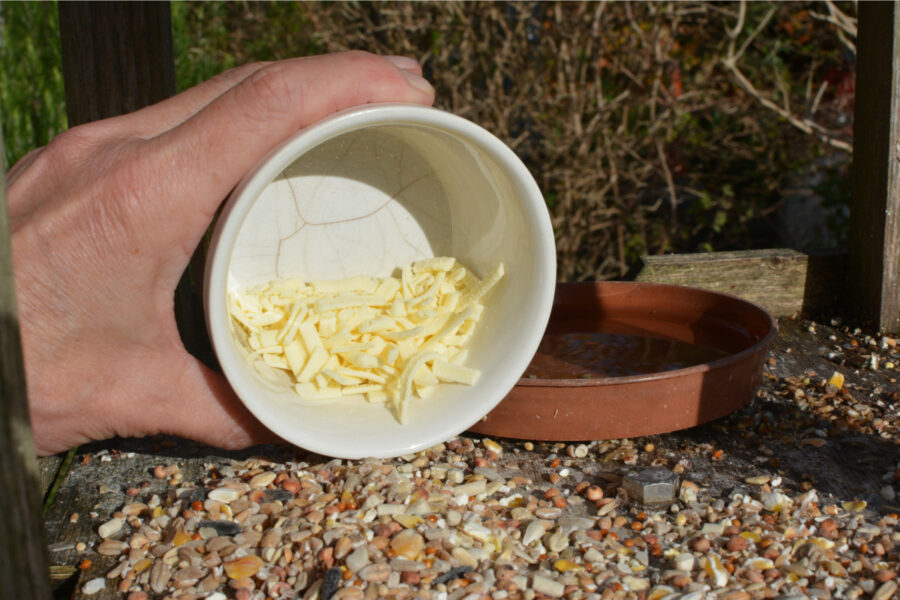
Avoid anything too greasy though, and never use the fat the turkey has been cooked in as it gets smeared on their feathers and breaks down the waterproofing.
Feeding the garden birds is one of my morning rituals, and the crow family living in the pine trees behind our house now fly down to grab their loot almost before my back is turned. The male (I assume) always gives two ‘caws’ as he sees me approaching with the food and three as he swoops down with his family.
As well as food, it’s important to give birds fresh water for bathing and drinking. If necessary I melt the ice in the bird bath with some warm water.
Contrary to popular belief, hedgehogs rarely hibernate all winter and often emerge on warmer days to change their bed-place and forage for snacks and water. Make sure you leave food out for them too, but if you see one during daylight hours always contact a local vet or wildlife sanctuary.
Find more tips, advice and articles like this at the Amateur Gardening website. Subscribe to Amateur Gardening magazine now

